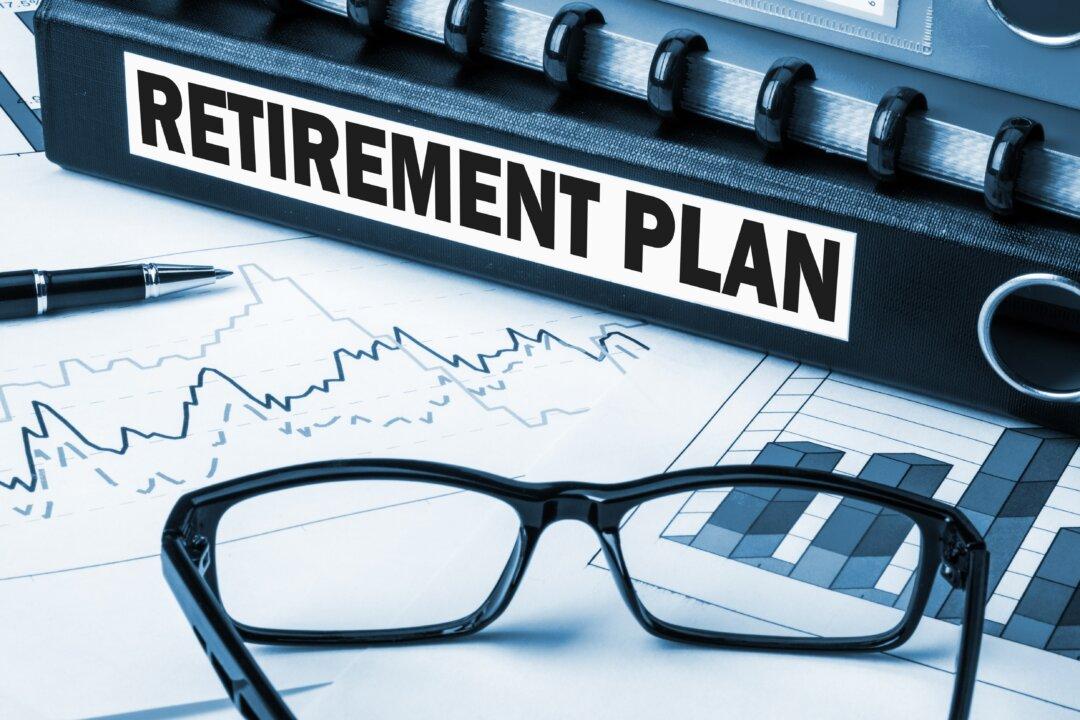When you decide you are ready to retire, you may want to start withdrawing funds from your retirement account(s). You will need to be a minimum age of 59½ before you are allowed to do so without penalty. If you have reached the age where you need to take out required minimum distributions (RMDs) (70½ in 2020 or 72), you will have to decide how much you want to take out—and when. If you are not careful, it is easy to make mistakes in the calculations.
Here are some guidelines that may help you decide the best age to retire and determine how large of an RMD you need.






